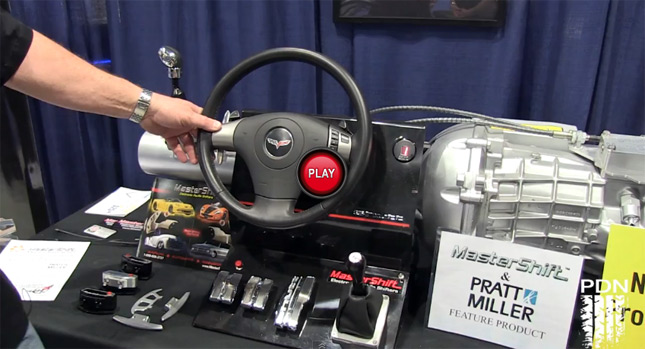If you think that paddle shifters are a recent innovation, you might want to reconsider: the first-ever application was on the Bollée Type F Torpédo a century ago in 191, and that car is on display at the Le Mans circuit museum.
In the following years many manufacturers, such as Chrysler, Citroen, NSU and Mercedes-Benz, to name but a few, tried to do away with the clutch, torque converter and/or gear level but electronics were still a long way from reaching maturity and the companies didn’t persist with the concept.
As it often happens, it was through racing and its never-ending quest for gaining even a millisecond in each lap that the idea really took off.
After a decade since Jody Scheckter won the last Formula 1 championship for Ferrari at the time, then Scuderia’s chief designer, John Barnard, and top engineer Harvey Postlethwaite, created the first semi-automatic gearbox for the 1989 640-title challenger.
From an engineering point of view, the car would be quicker since an automated system can change gears faster and more consistently than a human can. For the car’s design team, the absence of a traditional gear lever enabled them to create a narrower monococque.
Amazingly, given the Italian team’s record for reliability at the time, Nigel Mansell won in the paddle shift-equipped 640’s first outing in the Brazilian GP. Then Ferrari’s unreliability kicked in leading to a number of retirements but all teams saw the advantages of this technology and, five years later, the gear knob was history in F1.
Getting rid of the clutch pedal and adopting steering wheel-mounted paddle shifters would soon trickle down to production cars.
Some drivers like the speed of gear changes and the whole racing feel as well as the fact that they can leave it in auto mode in the city and do away with all the boring first-to-neutral shifting. Others prefer the pure mechanical action, and the higher level of control, provided by a manual gearbox and clutch.
At the recent SEMA show, Master Shift displayed a manual-to-paddle-shift gearbox conversion for the Corvette C6. It’s not your usual solution of putting a computer in charge of the clutch and removing the far left pedal.
Instead, the gear lever is replaced by steering wheel-mounted paddles while the driver still gets to operate the clutch, which actually activates the changes. If you want, though, a gear lever that allows you shift gears like in a sequential transmission can be added.
What say you;is it something that will catch on or a solution to a question nobody really asked? Feel free to comment after watching the video that explains the system’s operation.
By Andrew Tsaousis
VIDEO



